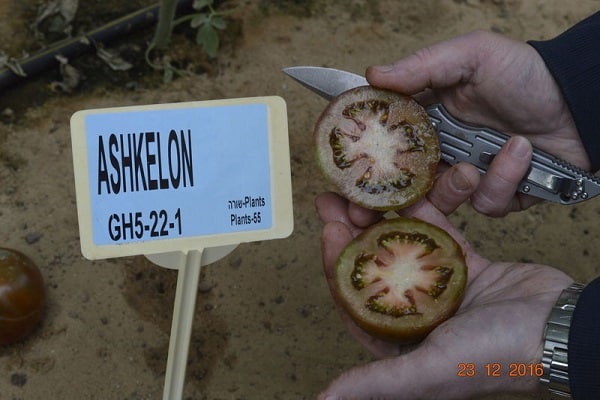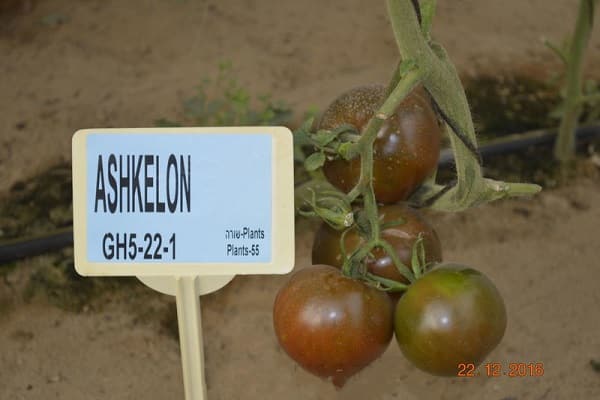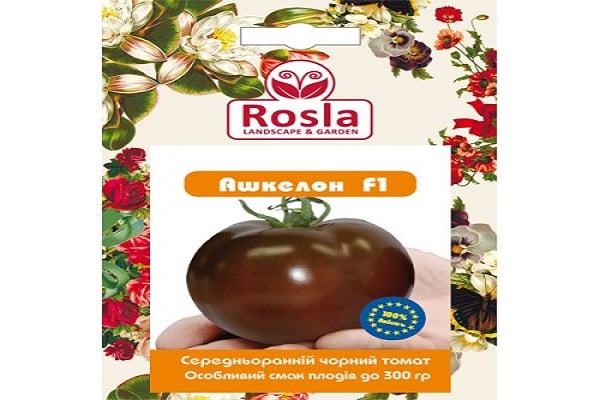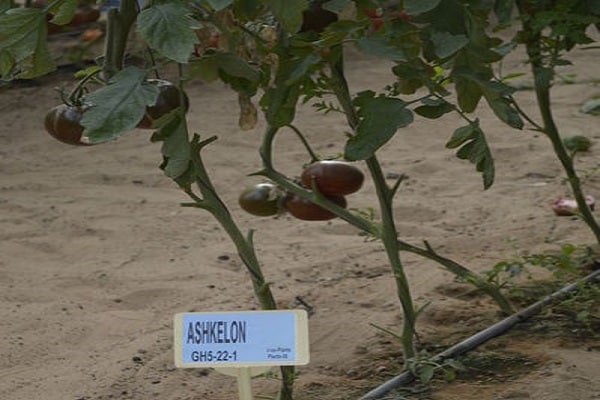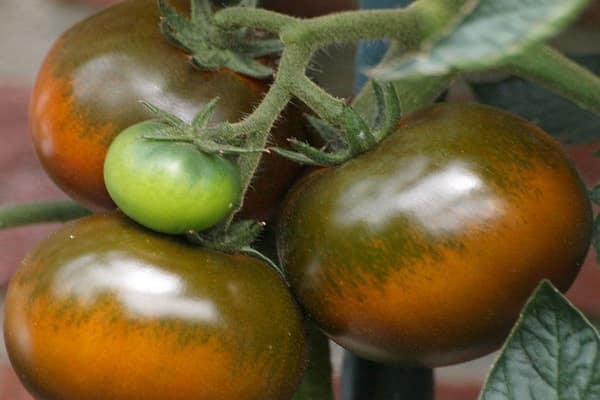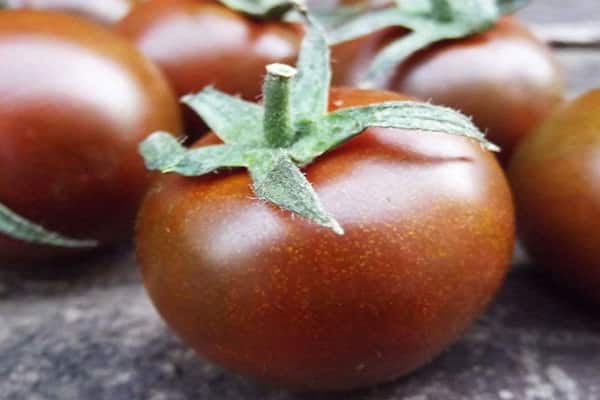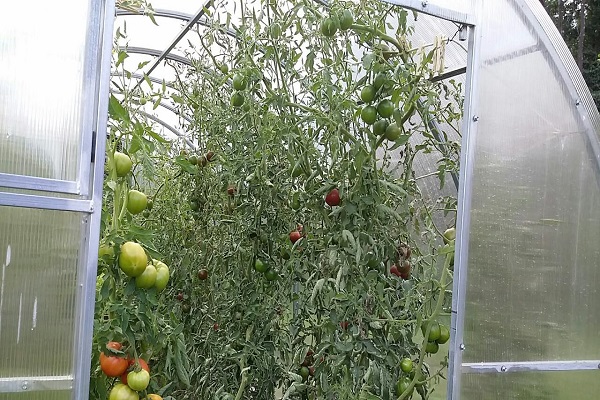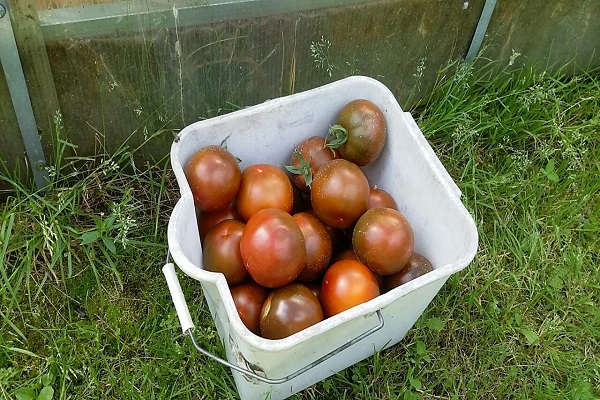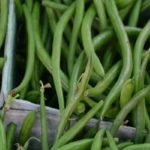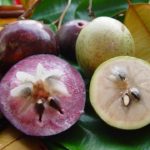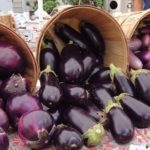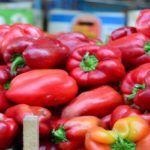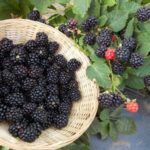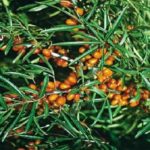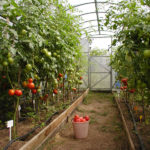Recently, first generation F1 hybrids have become very popular in the consumer market. And this is not surprising, because as practice has shown, these plants are in many ways superior to their parents, who participated in the selection to create them. One of these hybrids is the Ashkelon tomato f1. Despite the fact that all plants of the F1 category have the same characteristics, the Ashkelon variety is still endowed with its own individual characteristics, which can influence its selection.
General characteristics of the variety
The Ashkelon variety is considered one of the new hybrids of the F1 category, which is cultivated annually in different regions of Russia.This popularity is justified by the fact that its fruits are considered the most delicious among dark varieties of tomatoes.
The hybrid itself belongs to the mid-early, indeterminate vegetable crops, which can be grown both in greenhouse conditions and in open ground on a trellis. The average height of an adult plant is about 1.8 meters, so it is recommended to tie it to a support. The bush is quite leafy, the area between adjacent nodes is medium. The first fruit ovary is formed on the 8th leaf of the stem, with subsequent inflorescences every 3–4 leaves.
A feature of the variety is considered to be good resistance to viruses such as:
- yellow leaf curl (TYLCV);
- Fusarium (Fol 1-3) wilt;
- tomato mosaic (ToMV);
- verticillium virus (Va, Vd).
The variety is also characterized as a drought-resistant and cold-resistant plant. The vegetable crop is rarely attacked by pests and has good immunity to fruit rot.
Description of fruits
From the first sprouting of seedlings to the full ripening of the fruit it takes 100–105 days. On average, the yield of the variety reaches about 20 kg. per 1 sq. m.
Description of fruits at full ripening stage:
- Weight – 200–250 g;
- Shape – round;
- Color – dark brown;
- The skin is smooth;
- The pulp is dense;
- The taste is balanced and harmonious.
A distinctive feature of the Ashkelon f1 variety from similar crops is that its tomatoes have high transportability qualities and a beautiful appearance.
The main purpose of the variety is to eat fresh tomatoes.
Agricultural technology varieties
The optimal time for planting seeds for seedlings is March. The first picking is carried out in the formation phase of 1–2 leaves.Before transplanting to a permanent place of growth, seedlings are fed with mineral fertilizers 2–3 times. Plants are planted in the greenhouse in mid-May. Transplantation into open ground is carried out in early June, when 6–8 true leaves appear on the seedlings.
Worth paying attention! Since the tomato variety Ashkelon f1 is a light-loving plant, the planting site should be well lit from all sides. Otherwise, the fruits will lose their harmonious taste, aroma and bright colors.
After transplanting seedlings, caring for tomatoes includes:
- weeding grass;
- feeding with fertilizers;
- regular watering;
- loosening the soil.
Also, according to the recommendations of experts, in order to increase productivity, Ashkelon F1 tomatoes need to be regularly pinched and formed into one stem.
Despite such positive qualities, when choosing the Ashkelon F1 variety for your garden plot, you must be prepared for the fact that its fruits are used only fresh. This is due to the fact that tomatoes have a fairly thin skin, which always becomes deformed or bursts during heat treatment during preservation.

